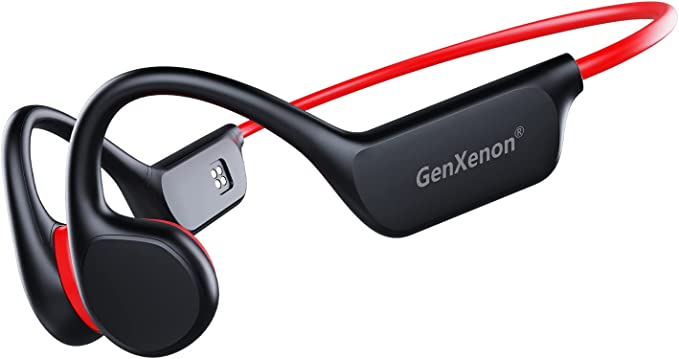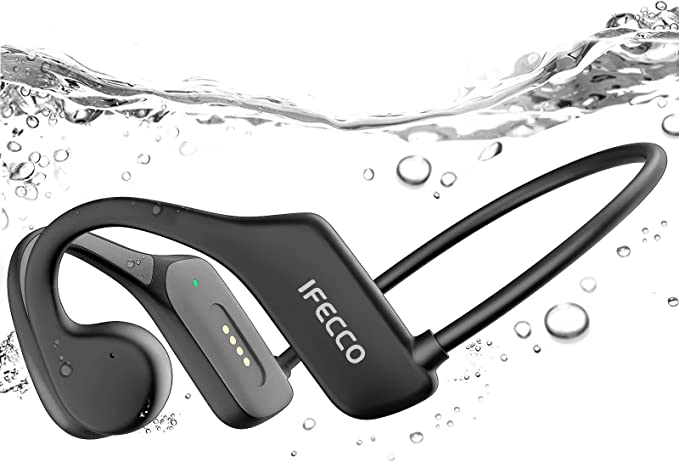What Does GPD Mean for a Water Filter? (And Why Tankless RO Systems Are Faster)
Update on Oct. 25, 2025, 5:38 p.m.
If you’ve considered a Reverse Osmosis (RO) system, you’ve likely hesitated for one of three reasons:
1. “It’s too slow. I don’t want to wait five minutes for a pitcher of water.”
2. “It wastes too much water and will drive up my bill.”
3. “The giant tank won’t fit under my sink.”
These were all valid concerns… ten years ago.
The world of RO systems has split into two categories: traditional systems (with tanks) and modern tankless systems. Understanding the technology that separates them—specifically “GPD”—is the key to seeing how these problems have been solved.

Pain Point 1: “My filter is agonizingly slow.”
The Problem: Traditional RO systems are slow. They use household water pressure to force water through a very fine membrane. This is a slow process, producing water drop by drop. A typical older system might be rated at 50 GPD.
The Solution: A Storage Tank (and its flaws)
To solve this “slow drip,” traditional systems use a large pressurized storage tank. The system spends all day slowly filling this 3-5 gallon tank. When you open the faucet, the water comes out from the tank, not directly from the filter. This gives you a fast, ready supply.
But the tank is a clumsy solution. It takes up most of the space under your sink, and the standing water inside can potentially lead to secondary contamination over time.
The Modern Solution: High GPD
“GPD” stands for Gallons Per Day. It’s a rating of how fast the RO membrane can produce purified water in 24 hours under ideal conditions.
- Traditional System: 50 GPD
- Modern Tankless System: 600, 800, or even 1000 GPD (like the Frizzlife PD1000).
Let’s translate GPD (Gallons Per Day) into GPM (Gallons Per Minute), which is what you actually experience at the faucet.
- 50 GPD System: 50 / 24 (hours) / 60 (minutes) = 0.03 GPM. This is a tiny trickle. It would take over two minutes to fill a 16 oz glass. This is why it needs a tank.
- 1000 GPD System: 1000 / 24 / 60 = 0.69 GPM. This is a fast, steady flow, similar to a standard faucet. (The Frizzlife specs confirm this, rating it at “0.7 Gallons Per Minute”).
Modern tankless systems use high-GPD membranes and a built-in booster pump. They don’t need a tank because they purify water on demand, in real time. You open the faucet, the pump kicks in, and you get fresh, purified water instantly at a speed that’s
actually usable.
What to look for: If you want “on-demand” water, ignore systems under 400 GPD. Look for high-GPD (600+) tankless models.
Pain Point 2: “It wastes so much water.”
The Problem: RO works by separating water. Clean water (or “permeate”) goes to your faucet. The blocked contaminants and TDS are flushed away in a brine solution (“concentrate”) down the drain. In older systems, this was terribly inefficient.
The Old Standard: 1:4 Drain Ratio
Traditional systems often had a 1:4 drain ratio. For every 1 gallon of pure water they produced, 4 gallons of wastewater went down the drain.
The Modern Solution: High-Efficiency Ratios
Technology has improved dramatically. Modern RO systems integrate advanced pumps and water-routing designs to push more water through the membrane before flushing it.
- Good Drain Ratio: 1:1 (1 gallon pure, 1 gallon waste)
- Excellent Drain Ratio: 2:1 (like the Frizzlife model). This means the system produces 2 gallons of pure water for every 1 gallon of wastewater.
Compared to an old 1:4 system, a 2:1 system saves 8 times more water. This “super low drain ratio” means the system pays for itself in water savings and is far more environmentally friendly.
Pain Point 3: “It’s too big and bulky.”
The Problem: As mentioned, traditional systems rely on a massive, metal-cased pressure tank. This tank, combined with the filter housings, can take up 80% of the cabinet under your sink, leaving no room for cleaning supplies.
The Modern Solution: Tankless, Integrated Design
Tankless systems eliminate the storage tank entirely. Because they produce water on demand, there’s nothing to store.
The entire unit—pump, filter cartridges, and RO membrane—is housed in a single, compact box. This integrated design (as seen in the Frizzlife product dimensions: 17.4” x 5.28” x 15.51”) is sleek and often saves over 70% of the under-sink space compared to a tank-based system.
The “Freshness” Bonus: The tankless design has another major benefit: the water is always fresh. It’s filtered the instant you open the tap, not sitting in a tank for hours or days.

The New Generation of RO
The “slow, wasteful, and bulky” reputation of RO systems is outdated. The modern tankless generation has solved these core issues. They are:
1. Fast: High GPD (600-1000+) provides on-demand water.
2. Efficient: High-efficiency drain ratios (like 2:1) save water and money.
3. Compact: The tankless design frees up your under-sink space.
If these three pain points were what held you back, it might be time to look again.




























